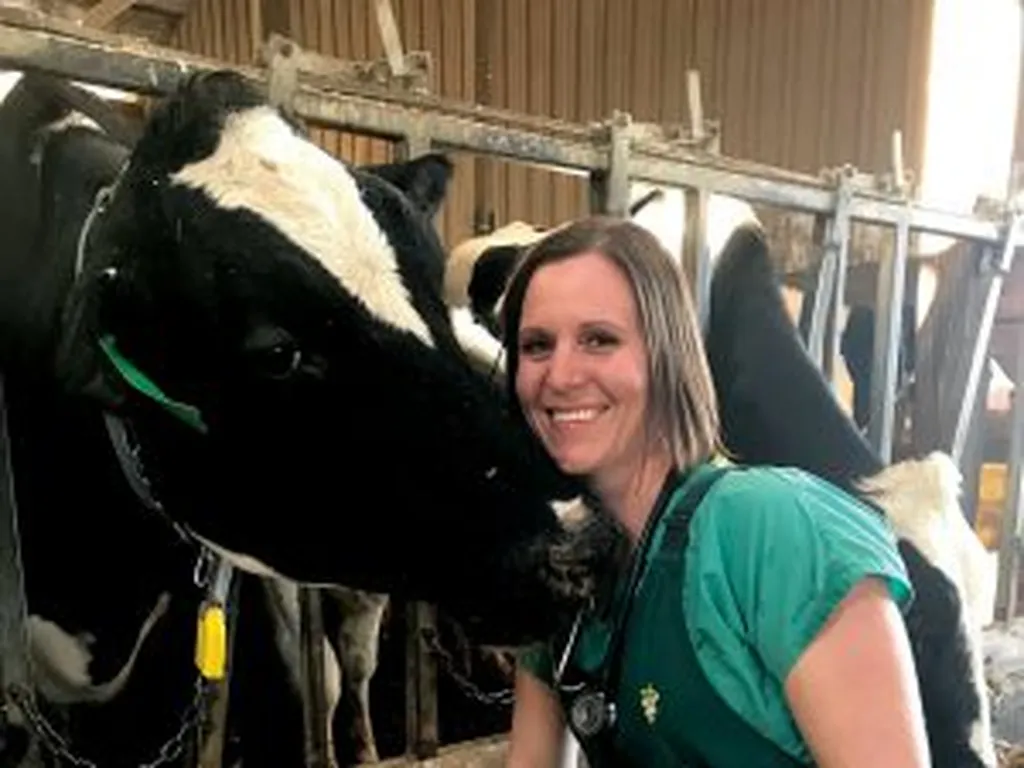In the sprawling fields and bustling barns of modern agriculture, a quiet revolution is taking place—not in the soil or the machinery, but in our understanding of the social lives of farm animals. A recent systematic review published in the journal ‘Animal’ has shed light on the complex web of peer social bonds among livestock, a topic that could reshape how we manage and care for these animals in commercial settings.
The study, led by S. Goumon from ETH Zürich, delves into the intricate relationships that farm animals form with one another, beyond the well-documented bonds between parents and offspring or mating pairs. These peer social bonds, characterized by preferential interactions, consistency, stress modulation, and reciprocity, have been extensively studied in wild animals, particularly primates. However, their presence and significance in farm animals remain a topic of debate.
The review, which analyzed 47 papers covering a range of species including cows, pigs, sheep, horses, goats, chickens, and quails, found that some farm animals do exhibit variations in the strength and non-randomness of interactions and associations between pairs, potentially indicating the presence of peer bonds. “In some species like pigs, cows, and horses, there is evidence of variation in the frequency and non-randomness of interactions,” Goumon noted. “However, there is currently insufficient research on the other criteria to draw conclusions on the existence of peer social bonds under farm conditions.”
The study highlights several methodological challenges in assessing social bonds in farm animals, which are further complicated by housing and husbandry conditions on commercial farms. The review points out that various methods have been used to assess social relationships, but many of these lack the nuance required to make definitive conclusions about peer social bonds.
The implications of this research for the agriculture sector are profound. Understanding and acknowledging the social bonds among farm animals could lead to more humane and efficient management practices. For instance, grouping animals based on their social preferences could reduce stress and improve welfare, potentially leading to better productivity and healthier livestock.
“Research on peer social bonds in farm animals is in its infancy,” Goumon remarked. “We hope this work inspires other scientists to address this important topic diligently, while taking into consideration the implications of research conclusions on animal management in practice.”
As the agricultural industry continues to evolve, the insights gained from this review could pave the way for innovative approaches to animal husbandry. By recognizing and respecting the social lives of farm animals, we may not only enhance their well-being but also optimize the productivity and sustainability of our farms. This study, published in ‘Animal’ and led by S. Goumon from ETH Zürich, serves as a crucial stepping stone in this ongoing journey of discovery and improvement.

